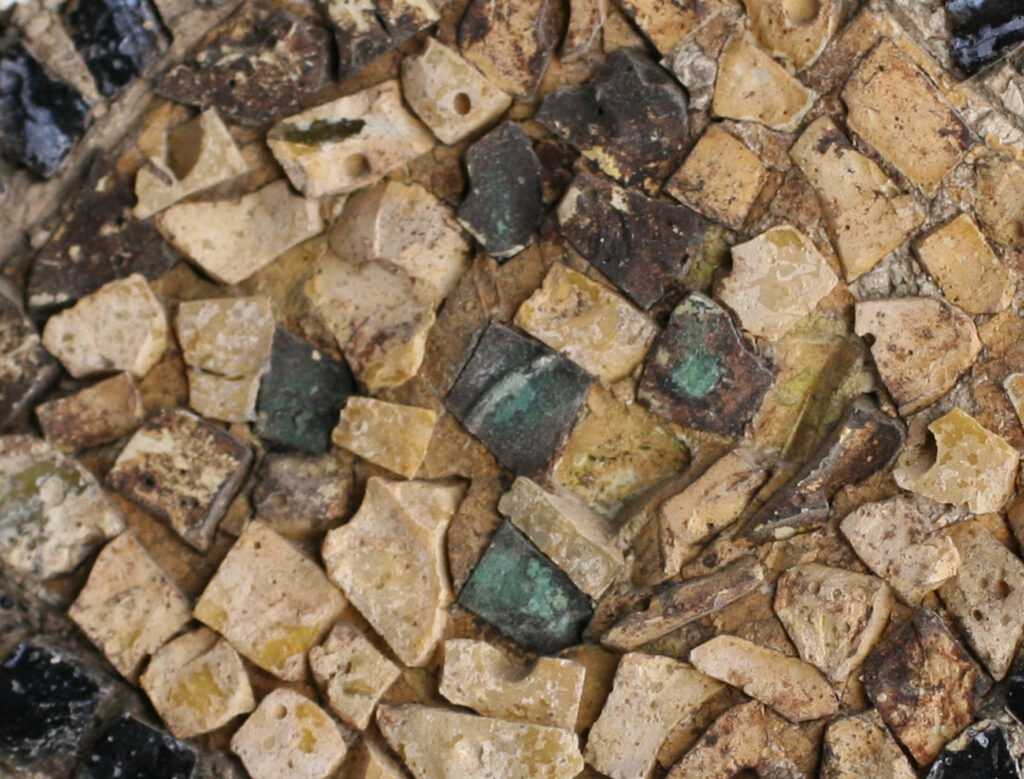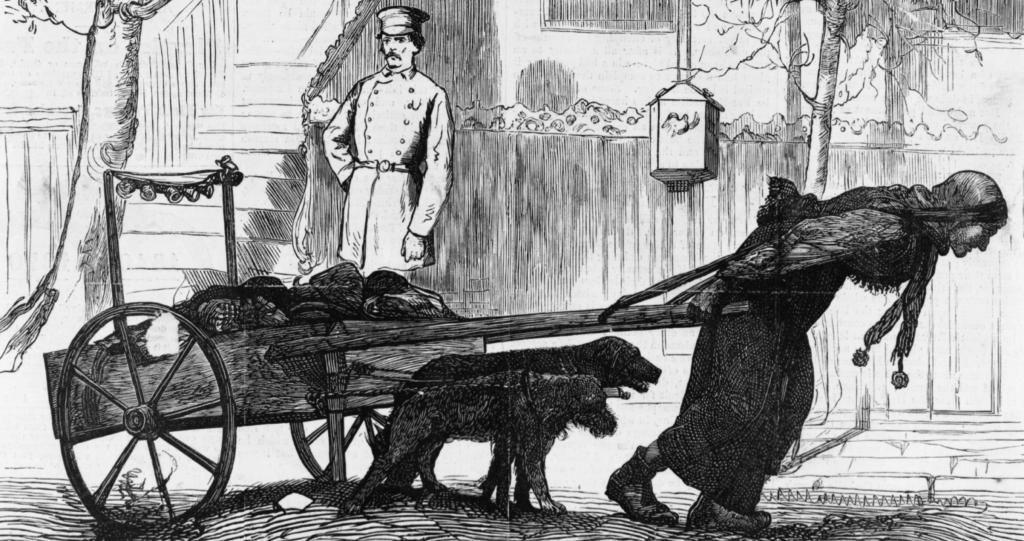‘Reduce, Re-use, Recycle’. A much older concept than you might expect…
In this blog, Julia Steding sheds light on what sustainable practices can tell us about past societies, revealing some of the surprising ways in which objects were kept in the economic cycle, and encouraging a shift in research agendas.
By Julia Steding, co-editor of Economic Circularity in the Roman and Early Medieval Worlds| 3 min read
How sustainable was the past?
All societies produce waste and not all of it ends in the trash. Just as we reuse and repair (precious) items today, so did people of the past. These practices can tell us so much about past societies: How did they manage their resources? What was reinserted into the economic system instead of discarded? What was valuable to them?
Invisible processes and agents
Humans of the past were commonly seen as consumers, cities of the past as centres of production, and the products of the past as easily discarded objects. Recent research has however proven that premodern economies were anything from linear and that production and usage of materials was often followed by reuse processes that kept the objects in the economic cycle.

Cristina Boschetti)
In 13 chapters, the conference proceedings Economic Circularity in the Roman and Early Medieval Worlds: New Perspectives on Invisible Agents and Dynamics explore the phenomenon of reuse in premodern societies. They are the outcome of a conference held in September 2022 at Moesgaard Museum, Aarhus (Denmark).
To just highlight a few of the circular practices revealed in this book:
- Did you know that there must have been a systematic collection of old textiles to waterproof hulls?
- Did you ever picture glass sherds ending in a wall or floor mosaic?
- Did you imagine, despite strict laws, some kind of organization behind the reopening of graves in the early medieval period?
Modern sustainability targets played no role in these processes of circularity. Instead, at every level of society, they were managing their resources appropriately. It has taken the emergence of the present economic, political, and social interest in reuse (generally understood as the ability of a society to reduce waste by recycling, reusing, and repairing raw materials and finished products) to push us to see this as a regular practice of the past.
Researchers have been aware of the reuse of building materials for a long time and improvements in archaeometric analyses means the study of glass and metal as recyclable products have been increased. Yet other materials as well as agents involved in circular practices have stayed largely invisible, and processes such as maintenance, remanufacturing, or curation are rarely addressed.
But traces of reuse and economic circularity can be found everywhere when we keep our eyes open. The case studies in the conference proceedings are proof of this. The editors, coming together with their research interests on reuse practices, invited scholars studying agents of circular economies, such as junk dealers and scavengers, the reuse and recycling of glass, textiles, metal, stone, and jewelry, as well as methodological approaches to reuse, such as the perks and pitfalls of 3D scanning and provenance analyses.
Shifting research agendas

All of the above-mentioned research is only possible if archaeologists and historians shift their focus. The study of elite cultures and their material remains will not get us any closer to a comprehensive understanding of premodern economies. Neither will the study of monumental structures inside of the city wall of cities. Instead, as the editors of the conference proceedings propose in their paper Circular Economy in the Roman Period and the Early Middle Ages – Methods of Analysis for a Future Agenda (https://doi.org/10.1515/opar-2022-0301), researcher agendas have to shift. As an example: instead of focusing solely on the inner-city structures, waste grounds could be explored in addition. Archaeological fieldwork has to be adjusted to allow for (so far) invisible circular processes to surface, for example through exact quantification. The authors also suggest a rereading of written sources and archival materials with the question of reuse in mind, to find indications of circularity that have gone unseen in the past. The conference proceedings are a good example of an interdisciplinary approach to circular practices from a longue durée perspective and adding to the growing corpus of publications touching upon such an important yet still underexplored and overlooked topic.
Acknowledgements
The conference and the proceedings were generously funded by the Carlsberg Foundation (grant CF 2022-013) and the Centre for Urban Network Evolutions (grant DNRF119).
Economic Circularity in the Roman and Early Medieval Worlds is currently available at a special price from the Pen and Sword Books website.
Special Price: £40.00


 Follow
Follow